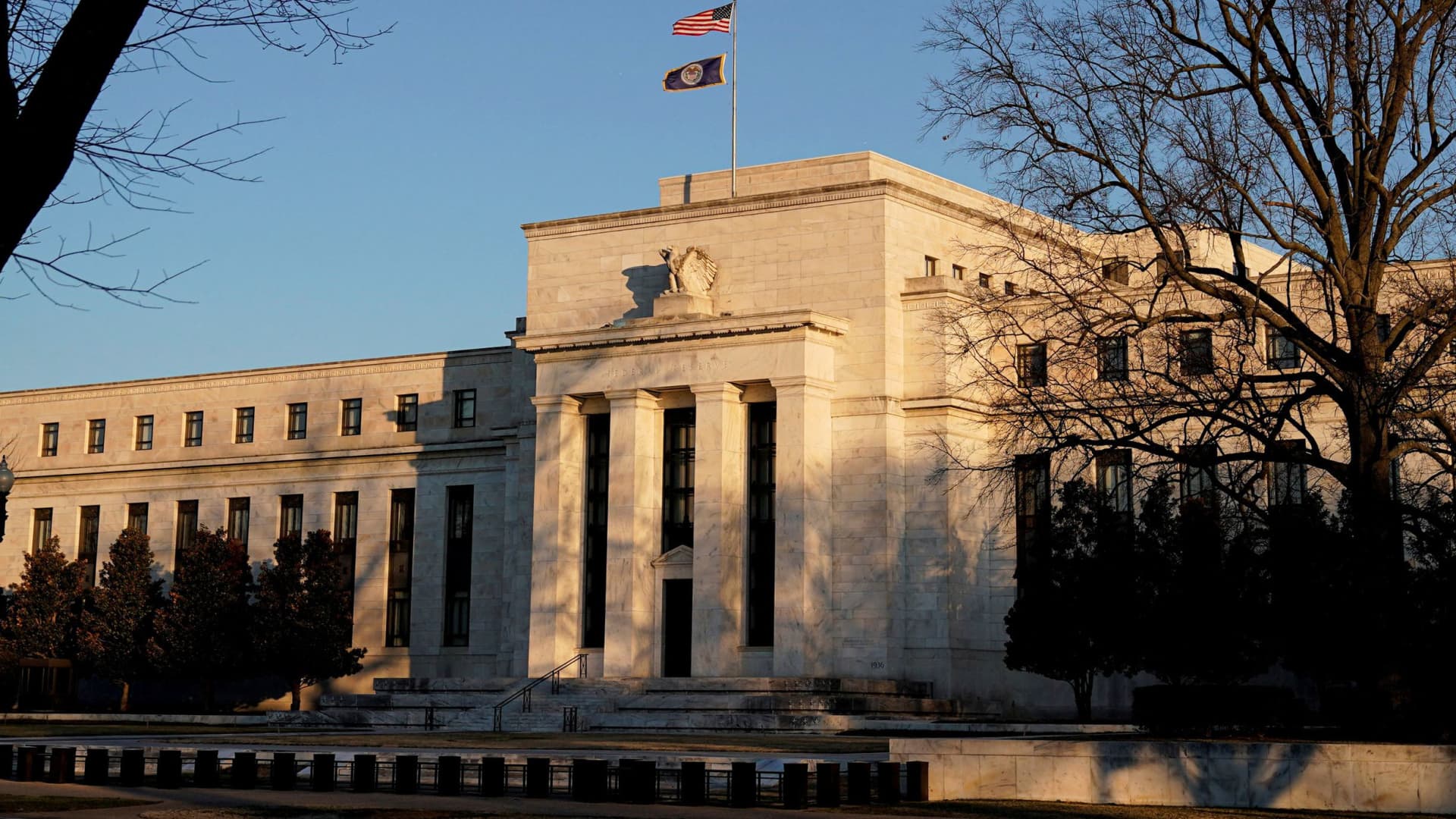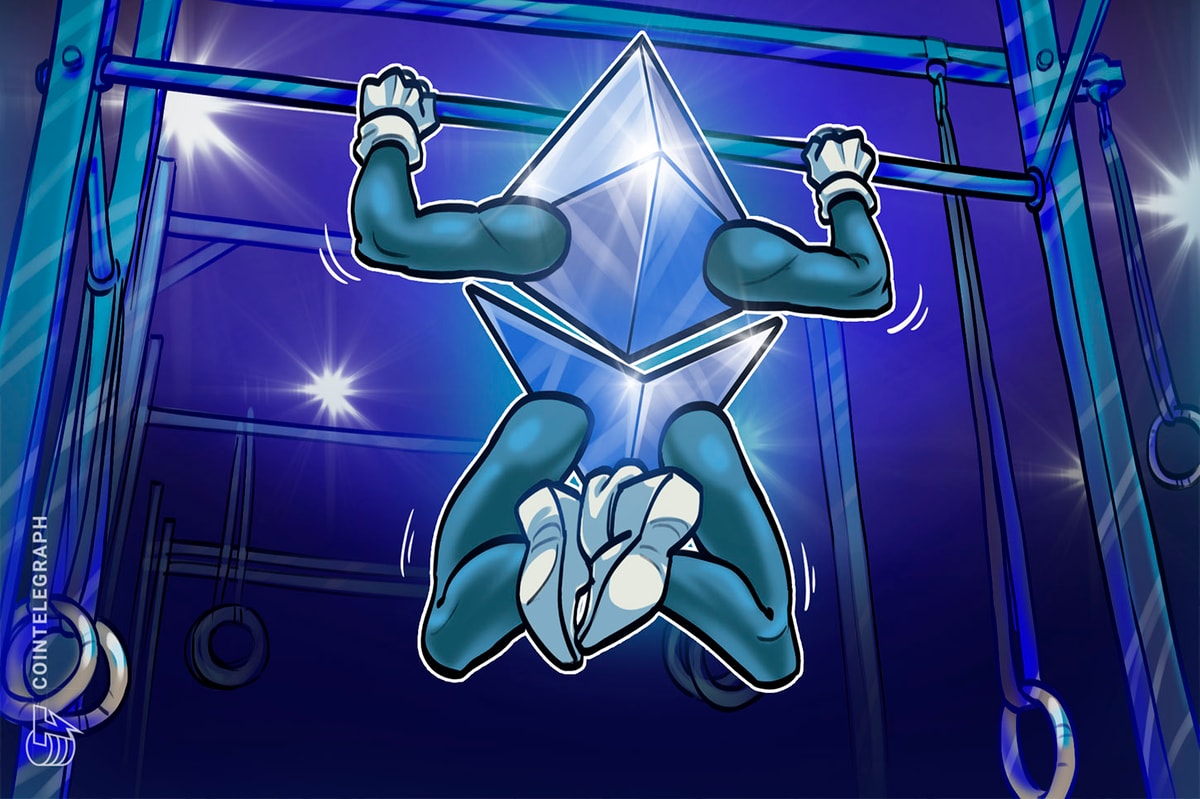Here’s what the Federal Reserve’s half-point rate hike means for you
5 min read
The Federal Reserve raised its target federal funds rate by 0.5 percentage points at the end of its two-day meeting Wednesday in a continued effort to cool inflation.
Although this marks a more typical hike compared to the super-size 0.75 percentage point moves at each of the last four meetings, the central bank is far from finished, according to Greg McBride, chief financial analyst at Bankrate.com.
“The months ahead will see the Fed raising interest rates at a more customary pace,” McBride said.
More from Invest in You:
Just 12% of adults, and 29% of millionaires, feel ‘wealthy?
35% of millionaires say they won’t have enough to retire
Inflation boosts U.S. household spending by $433 a month
The latest move is only one part of a rate-hiking cycle, which aims to bring down inflation without tipping the economy into a recession, as some feared would have happened already.
“I thought we would be in the midst of a recession at this point, and we’re not,” said Laura Veldkamp, a professor of finance and economics at Columbia University Business School.
“Every single time since World War II the Federal Reserve has acted to reduce inflation, unemployment has shot up, and we are not seeing that this time, and that’s what stands out,” she said. “I couldn’t really imagine a better scenario.”
Still, the combination of higher rates and inflation has hit household budgets particularly hard.
What the federal funds rate means for you
The federal funds rate, which is set by the central bank, is the interest rate at which banks borrow and lend to one another overnight. Whether directly or indirectly, higher Fed rates influence borrowing costs for consumers and, to a lesser extent, the rates they earn on savings accounts.
For now, this leaves many Americans in a bind as inflation and higher prices cause more people to lean on credit just when interest rates rise at the fastest pace in decades.
With more economic uncertainty ahead, consumers should be taking specific steps to stabilize their finances — including paying down debt, especially costly credit card and other variable rate debt, and increasing savings, McBride advised.
Pay down high-rate debt
Since most credit cards have a variable interest rate, there’s a direct connection to the Fed’s benchmark, so short-term borrowing rates are already heading higher.
Credit card annual percentage rates are now over 19%, on average, up from 16.3% at the beginning of the year, according to Bankrate.
The cost of existing credit card debt has already increased by at least $22.9 billion due to the Fed’s rate hikes, and it will rise by an additional $3.2 billion with this latest increase, according to a recent analysis by WalletHub.
If you’re carrying a balance, “grab one of the zero-percent or low-rate balance transfer offers,” McBride advised. Cards offering 15, 18 and even 21 months with no interest on transferred balances are still widely available, he said.
“This gives you a tailwind to get the debt paid off and shields you from the effect of additional rate hikes still to come.”
Otherwise, try consolidating and paying off high-interest credit cards with a lower interest home equity loan or personal loan.
Consumers with an adjustable-rate mortgage or home equity lines of credit may also want to switch to a fixed rate.
Because longer-term 15-year and 30-year mortgage rates are fixed and tied to Treasury yields and the broader economy, those homeowners won’t be immediately impacted by a rate hike.
However, the average interest rate for a 30-year fixed-rate mortgage is around 6.33% this week — up more than 3 full percentage points from 3.11% a year ago.
“These relatively high rates, combined with persistently high home prices, mean that buying a home is still a challenge for many,” said Jacob Channel, senior economic analyst at LendingTree.
The increase in mortgage rates since the start of 2022 has the same impact on affordability as a 32% increase in home prices, according to McBride’s analysis. “If you had been approved for a $300,000 mortgage in the beginning of the year, that’s the equivalent of less than $204,500 today.”
Anyone planning to finance a new car will also shell out more in the months ahead. Even though auto loans are fixed, payments are similarly getting bigger because interest rates are rising.
The average monthly payment jumped above $700 in November compared to $657 earlier in the year, despite the average amount financed and average loan term lengths staying more or less the same, according to data from Edmunds.
“Just as the industry is starting to see inventory levels get to a better place so that shoppers can actually find the vehicles they’re looking for, interest rates have risen to the point where more consumers are facing monthly payments that they likely cannot afford,” said Ivan Drury, Edmunds’ director of insights.
Federal student loan rates are also fixed, so most borrowers won’t be impacted immediately by a rate hike. However, if you have a private loan, those loans may be fixed or have a variable rate tied to the Libor, prime or T-bill rates — which means that as the Fed raises rates, borrowers will likely pay more in interest, although how much more will vary by the benchmark.
That makes this a particularly good time to identify the loans you have outstanding and see if refinancing makes sense.
Shop for higher savings rates
While the Fed has no direct influence on deposit rates, they tend to be correlated to changes in the target federal funds rate, and the savings account rates at some of the largest retail banks, which were near rock bottom during most of the Covid pandemic, are currently up to 0.24%, on average.
Thanks, in part, to lower overhead expenses, the average online savings account rate is closer to 4%, much higher than the average rate from a traditional, brick-and-mortar bank.
“The good news is savers are seeing the best returns in 14 years, if they are shopping around,” McBride said.
Top-yielding certificates of deposit, which pay between 4% and 5%, are even better than a high-yield savings account.
And yet, because the inflation rate is now higher than all of these rates, any money in savings loses purchasing power over time.
What’s coming next for interest rates
Consumers should prepare for even higher interest rates in the coming months.
Even though the Fed has already raised rates seven times this year, more hikes are on the horizon as the central bank slowly reins in inflation.
Recent data show that these moves are starting to take affect, including a better-than-expected consumer prices report for November. However, inflation remains well above the Fed’s 2% target.
“They will still be raising interest rates now and into 2023,” McBride said. “The ultimate stopping point is unknown, as is how long rates will stay at that eventual destination.”
Correction: A previous version of this story misstated the extent of previous rate hikes.







